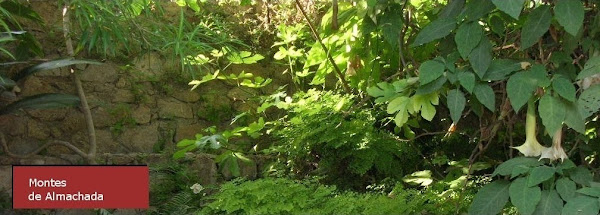
Wow, what a powerful experience... My husband Patrick and I were standing by our 38 year old parrot, Jaco´s cage, (a big outside cage where he lives all year round) when all of a sudden Jaco squeaked and disappeared into his little house. We could feel a tremendous shadow above us, both of us ducked and when looking up only a couple of meters above us, there was an enormous Iberian Imperial Eagle. We could see her golden eyes moving without turning the head, evaluating us. We felt like we were guests in her territory. Afterwards we vere quite overwhelmed and awed, what a beautiful bird.
This large eagle has a pale cream head and neck, but dark brown feathers elsewhere. There is a distinctive white area on the shoulders and a pale grey area on the upper tail and the species can be recognised by its particularly flat gliding flight. It gives a repeated barking ‘owk' when calling. Juveniles are red-brown fading to pale brown with dark flight feathers and white fringes. It reaches maturity and also sexual maturity at the age of 5 years. The average size of an adult is 78 to 83 cm high and 2,8 kgs, but the female, who is bigger than the male, can reach 3,5 kgs. The lenght between the wings is 1,8-2,1m. They live an average of 20 years.
The Iberian Imperial Eagle is monogamous and adult eagles occupy territories in pairs all year-round. They defend these territories from intrusion by other raptors, allowing only immature members of their own species to enter. Nests are built in tall oak trees, in small stands of trees far from human disturbance. During the breeding season, both the male and female will participate in the incubation of the eggs and the care of the chicks. Prey is torn into manageable pieces for the chicks until they are ready to hunt for themselves. Parent eagles will even shelter the chicks from heavy rain. The young bird will leave the nest 65 to 78 days after birth, but will still be fed by their parents during four months.
Feeding almost exclusively on rabbits, the Spanish eagle's population density, range and reproductive performance are influenced by the abundance and distribution of prey in the area. The bird is very vulnerable and their populatation have diminished due to deaths resulting from electrocution on electricity lines and the consumption of poisons used to control predators. There are an estimated 350-400 Iberian Imperial Eagles in Spain.
This large eagle has a pale cream head and neck, but dark brown feathers elsewhere. There is a distinctive white area on the shoulders and a pale grey area on the upper tail and the species can be recognised by its particularly flat gliding flight. It gives a repeated barking ‘owk' when calling. Juveniles are red-brown fading to pale brown with dark flight feathers and white fringes. It reaches maturity and also sexual maturity at the age of 5 years. The average size of an adult is 78 to 83 cm high and 2,8 kgs, but the female, who is bigger than the male, can reach 3,5 kgs. The lenght between the wings is 1,8-2,1m. They live an average of 20 years.
The Iberian Imperial Eagle is monogamous and adult eagles occupy territories in pairs all year-round. They defend these territories from intrusion by other raptors, allowing only immature members of their own species to enter. Nests are built in tall oak trees, in small stands of trees far from human disturbance. During the breeding season, both the male and female will participate in the incubation of the eggs and the care of the chicks. Prey is torn into manageable pieces for the chicks until they are ready to hunt for themselves. Parent eagles will even shelter the chicks from heavy rain. The young bird will leave the nest 65 to 78 days after birth, but will still be fed by their parents during four months.
Feeding almost exclusively on rabbits, the Spanish eagle's population density, range and reproductive performance are influenced by the abundance and distribution of prey in the area. The bird is very vulnerable and their populatation have diminished due to deaths resulting from electrocution on electricity lines and the consumption of poisons used to control predators. There are an estimated 350-400 Iberian Imperial Eagles in Spain.

